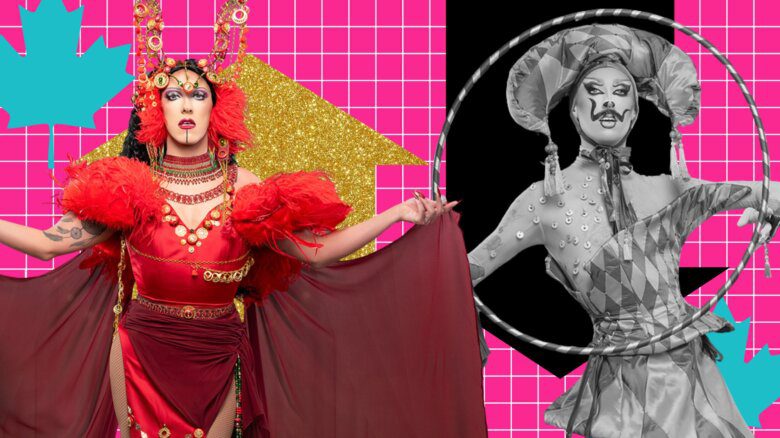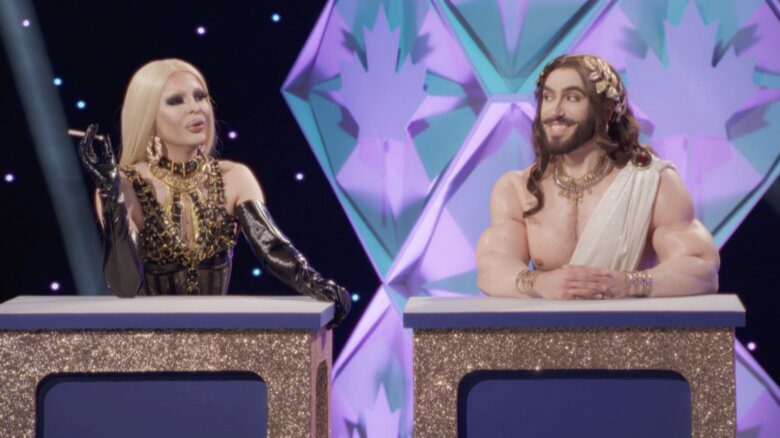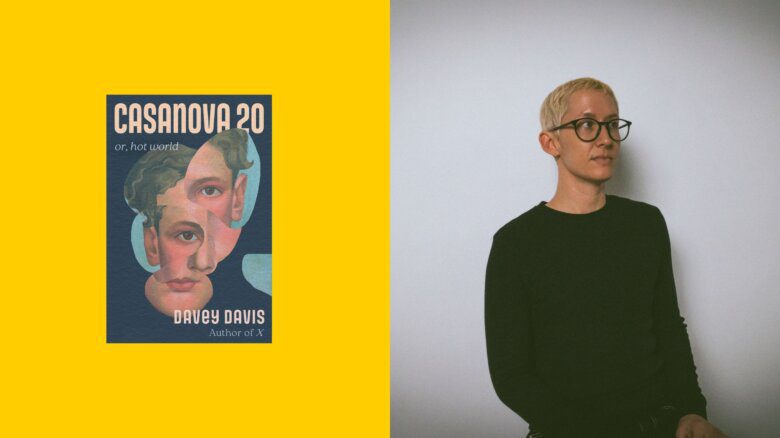Never heard of Robert Lee? Neither had I. But Steve Reinke, in his brilliant and droll Four Essays On The Occasion Of The Robert Lee Spotlight, suggests that Lee’s work is seldom made available for screening. So we’ve been let off the hook a little.
The Images Festival has selected Lee as its Canadian spotlight this year; six of Lee’s videos made over the last 15 years are on the slate and, if my sneak peek is any indication, it should be quite the program (7pm on Fri, Apr 8).
Lee’s work addresses a number of issues and themes often found in video art – formal questions, like the nature and notion of narrative or the disconnect of sound and image; and personal and political issues, like race, gender or language – so there is a sense of the familiar in watching the pieces unfold. But this familiarity does not provide the comfort one would expect. These works are by no means easy; they are quite bewildering.
AK47, for example, opens with the statement: “I used to hate voiceovers, until I realized that people are more likely to talk to themselves than to other people.” It is, for a moment, amusing to excuse the continuing authorial narration in this self-conscious way. But the joke quickly falls flat against the video itself. Unaccompanied by dialogue, much of the visuals is found-footage close-ups of an actor’s performances (I’m sure I should know who she is, but sadly cannot identify her), cut together as though she is conversing with herself. The viewer’s attempts to construct a narrative are valiant, but they fail. Eventually, the voiceover indicates that the actress uses the same facial expression – the same acting code – over and over. Shot in luminous black and white, she looks beautiful and tragic. But in Lee’s hands, her face becomes a metaphor for a mild desperation – a threatening sense that life is an endless performance.
Grand Guignol is similarly disturbing. At first, it looks like an analysis of narrative; disjointed images that are seen early on in the piece are repeated later, in context, when they betray their narrative significance. Again, there are funny little reflections – “All I can remember is that I have amnesia,” or, “There’s lots of reasons to cry but not many places” – subsumed by an unnerving feeling that hovers over the work. This isn’t about narrative as something familiar; it’s about how, if you don’t fit into the story, you’re lost.
As if the works in this program curated by Milada Kovacova weren’t jarring enough, each and every one of them has recently been remade or reedited. This brings up obvious, unavoidable questions: What, in these new versions, has been left out? What added, reordered, reframed, respliced? And – the greatest question – why?
In the Four Essays, Reinke, one of the most important video artists this country has to offer, refers to Lee as a (possibly absent) god. Makes my musings and recommendations verge on the unnecessary.
 Why you can trust Xtra
Why you can trust Xtra


